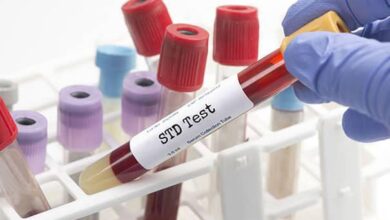
How to Keep Kids Active: 6 Strategies That Work
Trying hard to keep your kids’ lifestyle active for better health, but is it working? Finding and choosing the right types of active play can be challenging, especially as a parent.
Kids spend too much time in front of the TV, they’re inactive and overweight, and they don’t get enough time to exercise. The effort is important, but you must find ways to work ear to ear, such as choosing sports camps with a focus on fitness as well as fun.
Explore our guide on how to keep kids active.
Table of Contents
1. Be a Role Model
One of the best ways to get kids to be more active is to be a role model yourself. Children are more likely to be active if they see their parents being active.
Try different activities together as a family, like hiking, and biking. Set up fun challenges and physical activity for kids and get the whole family moving!
2. Find Their Passion
It is so important to keep kids active in order to help them find their passion. By being active, they are able to explore different interests and find out what they are good at. Additionally, being active helps kids to develop social skills and build confidence.
3. Involving Sport
Getting kids involved in a sport not only gets them moving but also teaches them teamwork and responsibility. Soccer, basketball, and swimming are great options for kids to stay active.
Soccer provides a good cardiovascular workout, basketball requires quick thinking and fast reflexes and swimming is a great way to cool off in the summer. No matter what sport you choose this can help them healthy and active life.
4. Creative Indoor and Outdoor Activities
It’s important to be creative and mix things up to keep kids engaged. There are some indoor activities on Fitnesskid.com that can promote movement and learning. For outdoor activities, try to incorporate games that involve running, kicking, and throwing to help create healthy habits.
5. Limit Screen Time
One strategy is to have designated screen-free times in the house. This will encourage kids to be active and engage in other activities.
Too much time in front of screens can lead to a sedentary lifestyle. Make sure kids have time for other activities as well.
6. Fun and Active Environment
This means having plenty of activities to do and ensuring they’re never bored. This can be done by providing a variety of activities and games that encourage physical activity.
It is also important to make sure that kids have access to safe and enjoyable spaces where they explore and play. The more active they are, the healthier they’ll be.
Activities to Keep Kids Active
These strategies will help keep kids active and avoid a sedentary lifestyle. Too much screen time leads to obesity and other health problems, so it’s important to limit it. Free play and outdoor activities are important for kids to explore and be active.
Sports are a great way to get kids moving and teach them teamwork. As a parent, you can be a good role model by being active yourself and having fun together.
For more child development articles, keep reading our blog.








